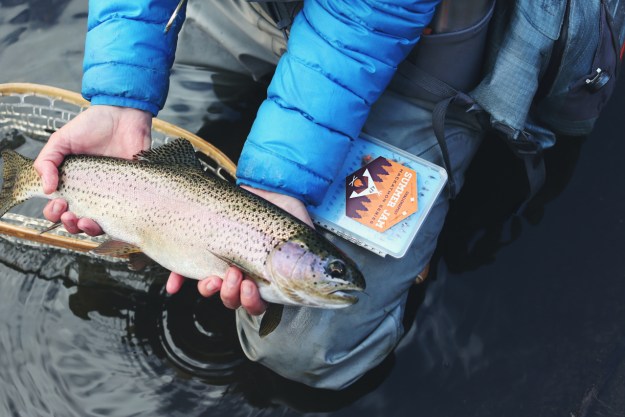Even some of the world’s best marksmen, including lifelong sharpshooters, would be hard-pressed to successfully hit a target from a half-mile. Wyoming’s Nomad Rifleman Private Long Range Precision Rifle Experience ups the ante with a bucket-list-worthy camp that trains everyday folks to make a mile-long shot — in just one day.
Would-be snipers travel to one of two camps located in the high desert an hour outside of Jackson Hole. Here, visitors will find a sheltered shooting platform and a full arsenal of weaponry to train them for the task at hand. Throughout a full day, world-class sharpshooters work one-on-one with students, even those who’ve never shot before. The surrounding landscape is an ideal training ground, especially since the 7,000-foot elevation means less wind and fewer environmental factors to consider.

The class starts with small caliber guns and short-range targets. For the first half of the day, students learn the fundamentals of shooting on a 22LR, a .223 Rem, and a .308 — all from between 100 and 1,000 yards. Then, they’ll spend a few hours “plinking” with a 6.5 Creedmoor at longer-range targets up to 1,500 yards. Final skills are taught on a 7mm Rem Magnum and 300 Winchester Magnum with targets set out at 2,175 yards. The camp’s owners don’t guarantee a “hole in one,” but claim a client success rate of higher than 95% with no previous shooting experience required.
Official statistics proving membership in the “One Mile Club” are hard to come by. By some estimates, fewer than 10,000 people in history have been able to hit a target at a full mile. To put that in perspective, as of December 2017, only 8,300 people have ever summitted Mount Everest. So, the “One Mile Club” is an exclusive club indeed. Should you succeed, you’ll receive a “Proof of Hit” certificate to commemorate your achievement.
The price tag for the 1-Day Private Long Range Precision Rifle Course starts at USD $7,400 for up to two people. The all-inclusive rate includes transportation, a full day of weapon use, most necessary ammunition (additional rounds are available for purchase if you decide to go full Rambo), safety gear, and even a gourmet, chef-prepared lunch.


